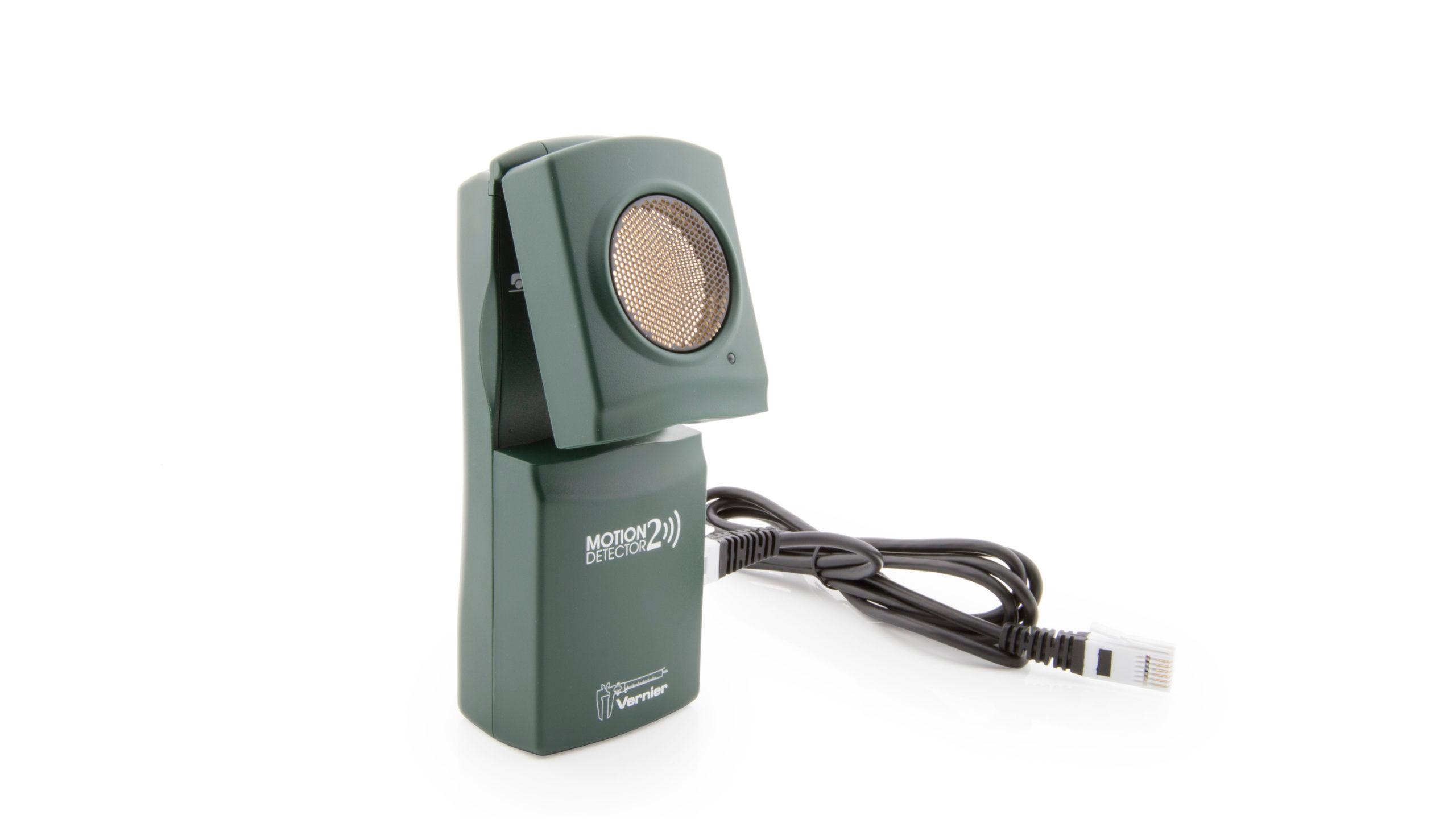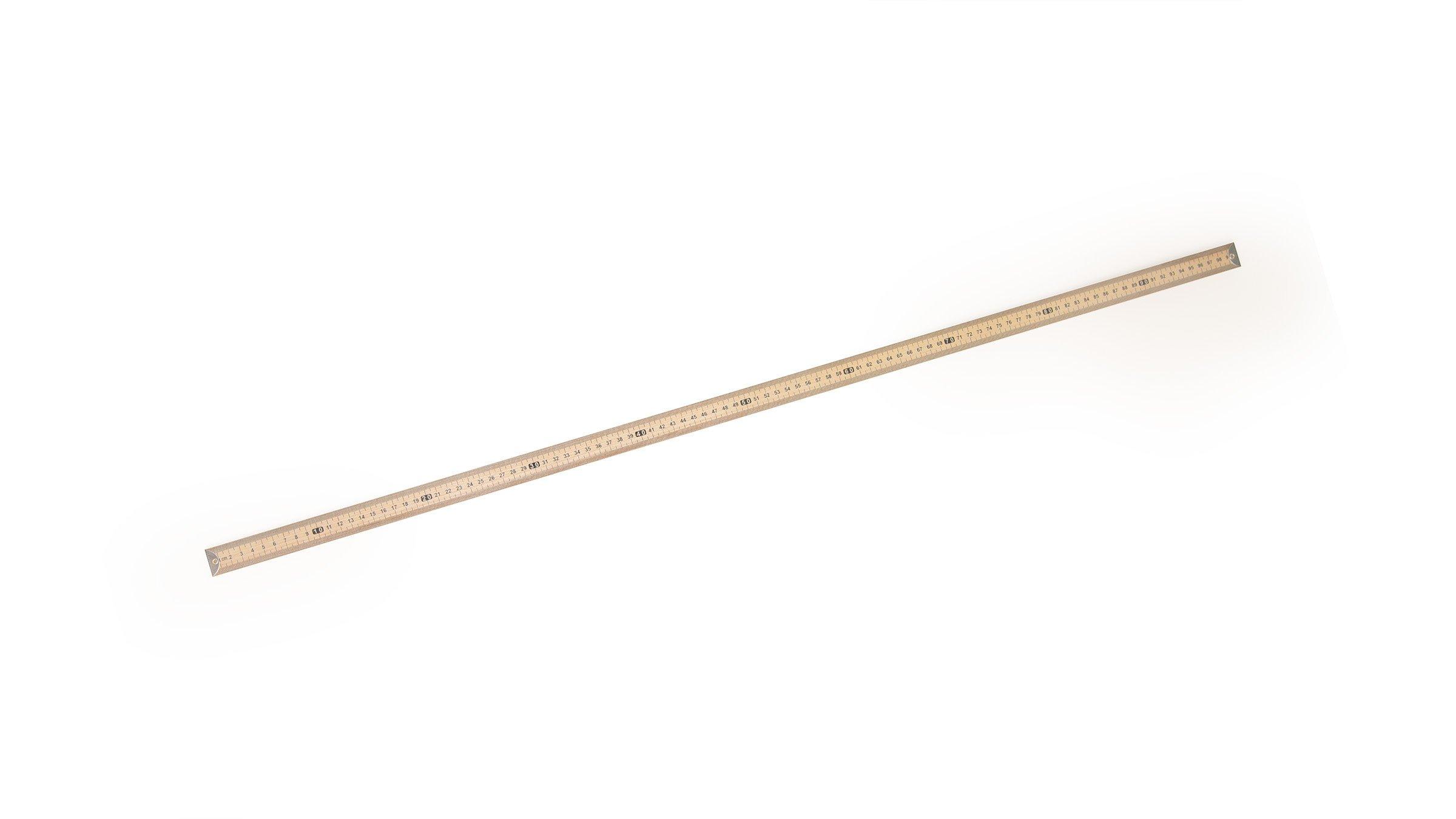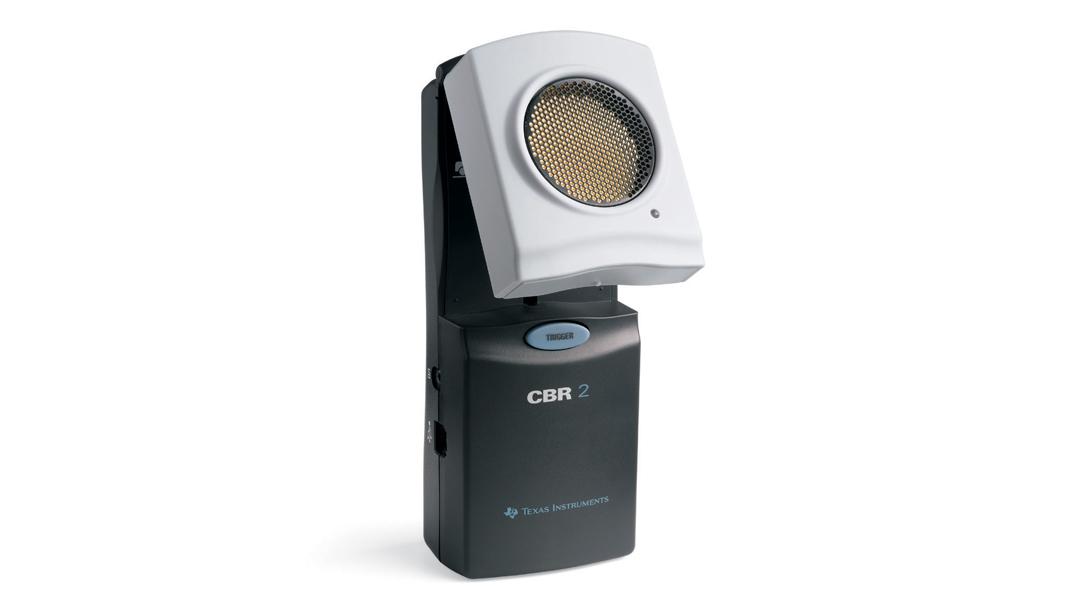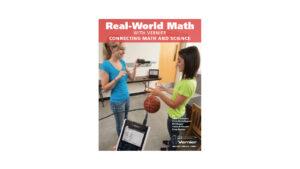Graph It in Pieces: Piecewise Defined Functions
Experiment #30 from Real-World Math with Vernier
- Education Level
- High School
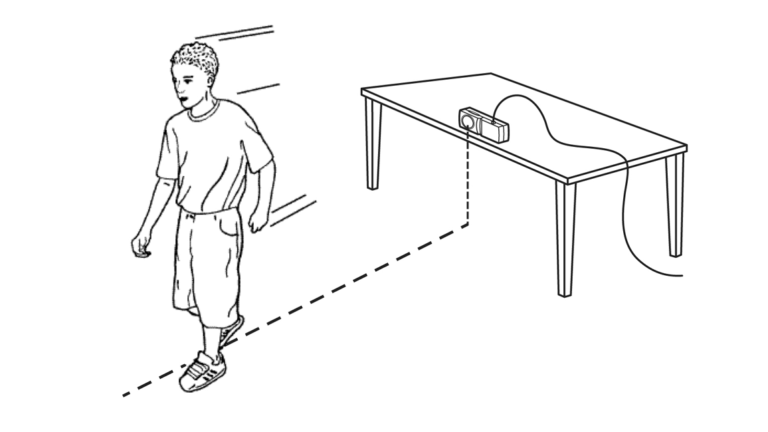
Introduction
Graphs of real-world data cannot always be described with one simple equation. Often the graph is made up of separate pieces which together describe an event. If you move back and forth in front of a Motion Detector, your motion could be described in separate pieces which together would describe the total motion. Functions which are defined in pieces are called piecewise-defined functions.
In this activity, you will create a graph by moving back and forth in front of a Motion Detector. You will then describe your motion by writing a piecewise-defined function for the motion.
Objectives
- Record motion data for a walker.
- Describe segments of the walker’s motion using linear functions.
- Model the motion data using a piece-wise continuous function assembled from linear functions.
Sensors and Equipment
This experiment features the following sensors and equipment. Additional equipment may be required.
Ready to Experiment?
Ask an Expert
Get answers to your questions about how to teach this experiment with our support team.
- Call toll-free: 888-837-6437
- Chat with Us
- Email support@vernier.com
Purchase the Lab Book
This experiment is #30 of Real-World Math with Vernier. The experiment in the book includes student instructions as well as instructor information for set up, helpful hints, and sample graphs and data.

